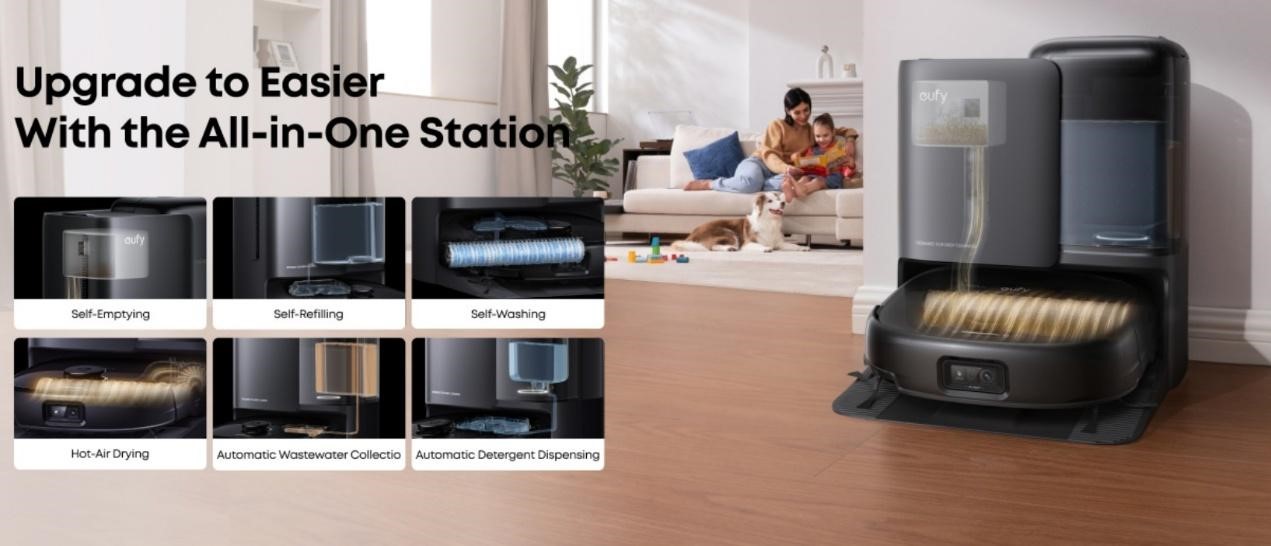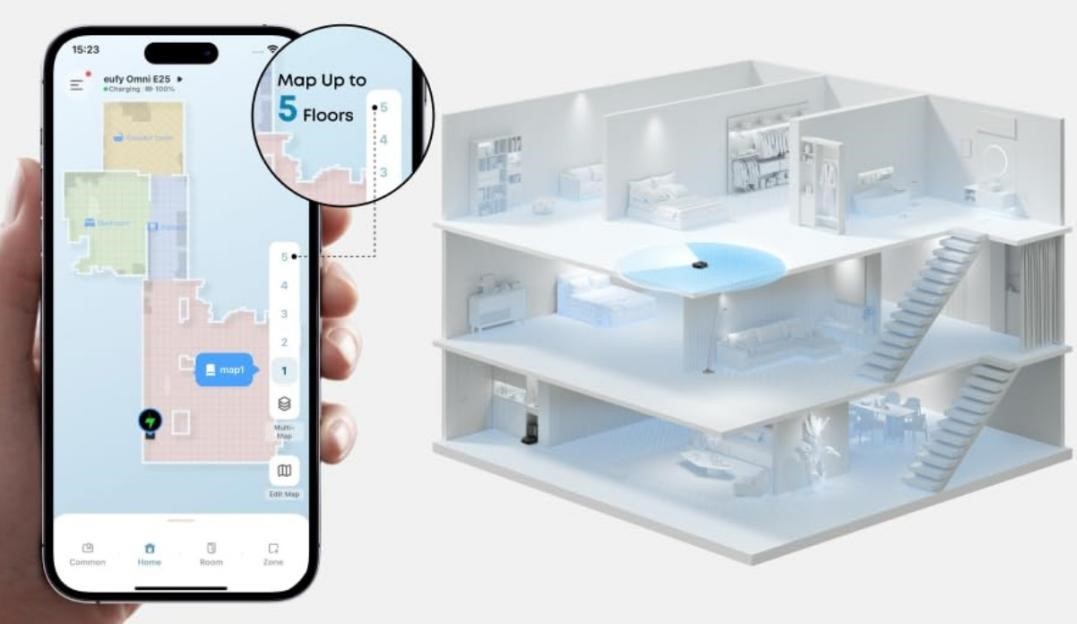Pet owners are well aware of the ongoing struggle with stray hairs on carpets, sofas, and clothing. Regular sweeping or vacuuming frequently leaves behind concealed hair that adheres tenaciously to textiles and crevices. The main problem is finding instruments that can handle various surfaces and successfully catch allergens. Choosing the best vacuum for pet hair is not about brand loyalty, but about crucial characteristics that make a significant impact. Understanding which functions are most important may help pet owners save time, safeguard their health, and keep their homes cleaner with less effort. Let’s look at the most significant characteristics in depth.
Why Does Pet Hair Removal Feel So Hard?
Common Challenges Pet Owners Face
Pet hair adheres to everything. It coils in carpet fibers, wedges between couch cushions, and floats on clothing. Short, thin hairs may be carefully woven into upholstery, but long, thick fur quickly covers enormous surfaces. Pets shed constantly, making housekeeping feel never-ending. Standard cleaning equipment, such as lint rollers and vacuums, sometimes leaves more hair behind than they remove. Pet hair also combines with dust and dander, which aggravates allergies. For homes with many pets, the situation grows. The anger arises when hours of cleaning still leave visible hair on surfaces. This cycle prompts many pet owners to look for stronger, more dependable treatments.
How Pet Hair Affects Health and Home
Pet hair isn’t only a cosmetic issue. Loose hair contains dirt, dust, and pollen, which can cause allergies or asthma. Pets shed tiny particles, which become airborne and transmit irritants throughout the home. These allergens can induce sneezing, itchy eyes, and breathing problems in sensitive people. Pet hair also clogs vents, adheres to textiles, and accumulates on furniture, making living rooms appear messy. Over time, it can harm fabric fibers and shorten the life of furniture and carpets. In kitchens, loose hair may contaminate food preparation areas. Addressing pet hair correctly is about more than simply hygiene; it is also vital for maintaining home health.
Why Regular Cleaning Tools Fail
Conventional cleaning equipment sometimes lacks the force or design to remove tough pet hairs. Standard vacuums have powerful suction, but without specialized brush rollers, they overlook embedded hair in carpet strands. Lint rollers are quick remedies, but waste sheets accumulate quickly and cannot handle huge areas. Brooms often disperse hair rather than gather it. Even standard vacuum filters can clog easily and lose performance after a few uses. Without the proper features, cleaning becomes tedious and irritating, causing pet owners to spend more time than required. This is why vacuums developed exclusively for pet hair are valuable purchases.
What Features Should You Look for in a Pet Hair Vacuum?
Suction Power and Specialized Brush Roll
Strong suction guarantees that a vacuum removes hair from deep inside carpets, while a specialized brush roll agitates fibers to liberate trapped fur. Adjustable suction on hardwood or tile prevents hair from dispersing. A motorized brush roll with anti-tangle technology is ideal for long-haired breeds because it prevents hair from twisting around the brush. Look for versions with several power settings to make switching between surfaces easier. Consistent suction across different floor types saves time and avoids the need for repeated passes. Even high-end vacuums struggle to meet the high needs of pet-friendly households if they lack suction strength and an efficient brush roll.
HEPA Filters and Allergen Control
HEPA filtration is essential for catching tiny particles that regular filters miss. Pet dander, pollen, and dust frequently escape while vacuuming unless contained in a sealed system. True HEPA filters in vacuums catch more than 99% of small particles, preventing allergens from re-entering the air. This function is especially helpful for families with allergic individuals or small children. Washable or replacement filters help to extend the vacuum’s life and maintain performance. When combined with a sealed dustbin, HEPA systems greatly enhance interior air quality. For pet owners, choosing the best robot vacuum for pet hair with HEPA technology means cleaner floors and healthier breathing environments with each cleaning session.
Attachments for Furniture, Cars, and Stairs
A flexible vacuum must be capable of cleaning more than simply floors. Pet hair frequently gathers on sofas, vehicle seats, and staircases where regular heads cannot reach. Specialized attachments, such as crevice tools, upholstery brushes, and motorized micro nozzles, make cleaning simpler. A portable mode or lightweight stick option improves ease for rapid touch-ups. Stair attachments reduce back strain while improving accuracy on small areas. Flexible hoses and extension wands make it easier to clean beneath furniture without having to move heavy pieces. These add-ons convert a vacuum from a one-purpose floor equipment to a multi-surface solution, guaranteeing that no corner of the house is coated with obstinate pet hair.
Conclusion
Using the incorrect equipment to remove pet hair might be intimidating, but the correct vacuum can make the process much easier. Fur is efficiently lifted by suction force and brush rolls, while allergens are kept out of your air with HEPA filters. Attachments cover every area where hair gathers, including stairs, furniture, and automobiles, in addition to floors. Selecting a vacuum involves matching features to actual demands rather than following trends. Pet owners may enjoy a cleaner house, save time, and lessen allergies with the correct equipment. Keeping up with pet shedding becomes much easier and less unpleasant every day when you concentrate on these essential characteristics.







